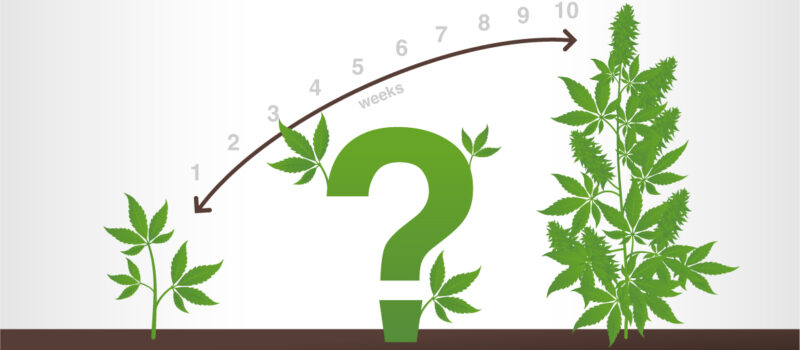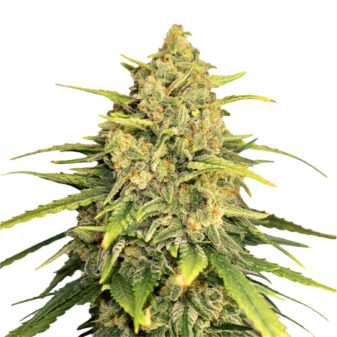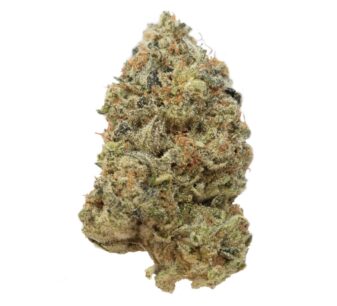Ordering cannabis seeds, growing them, lovingly caring for them, and then harvesting them at the exact right moment: ultimately, all growers are in it for the flower buds the plant develops in the flowering phase. But just what happens in this flowering phase, and how do you make sure cannabis plants get through it in the best possible shape? This blog explain exactly what flowering entails, and how to go for optimal results.
Table of Contents
What Exactly Is The Cannabis Flowering Phase?
Anyone who has ever ordered cannabis seeds online knows that flowering times are an important strain characteristic. Some strains grow faster than others, and sometimes, growers just have to wait while they anxiously search for the first signs of flowering.
The flowering phase brings the ultimate rewards for all cannabis growers. This is the stage where all the love and attention invested in the preceding vegetative phase start to pay off. Slowly but surely, female plants start to reveal their flowers as big fat buds strewn with glittering crystals emerge from between the leaves. This makes the flowering phase the herald of the harvest promised by a cannabis grow.
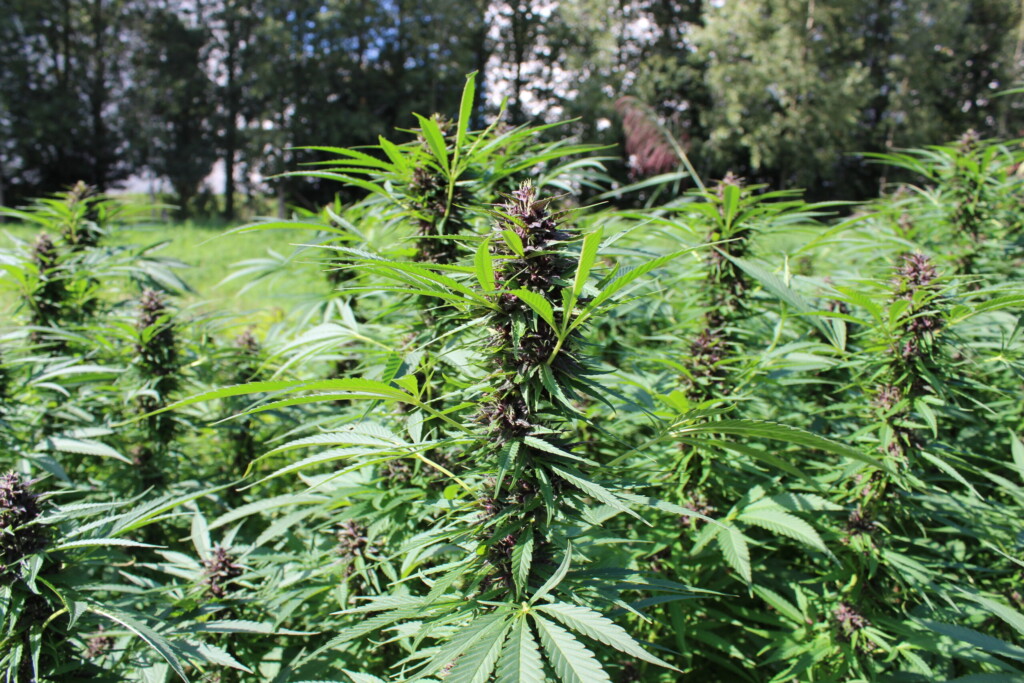
The ’Flip’ And The Longest Day
Basically, the flowering stage is the same for indoor and outdoor cannabis grows. Garden grows just start flowering differently than grow room or tent projects.
In nature (and in gardens) cannabis plants switch from growth to the flowering stage when it ‘notices’ that the days start to grow shorter. This happens on the longest day of the year, at the summer solstice which occurs at r around 21 June in the Northern Hemisphere. This is a tipping point in nature: autumn approaches, and for perennial plants like cannabis, that means it is time to start producing offspring and start flowering.
Indoors, plants don’t feel how the seasons change, and so growers need to nudge their cannabis into switching to the flowering phase. This is done by reducing the hours of lighting provided by their grow lights. The switch – also called the ‘flip’ – usually involves changing exposure times from 16/8 (sixteen hours of light followed by eight hours of darkness) to 12/12 (twelve hours of light and twelve hours of dark).
The best moment to make the switch depends on the strain involved and the grower’s intentions. The big exception to this procedure is autoflower cannabis strains, which determine when to start their flowering phase autonomously.
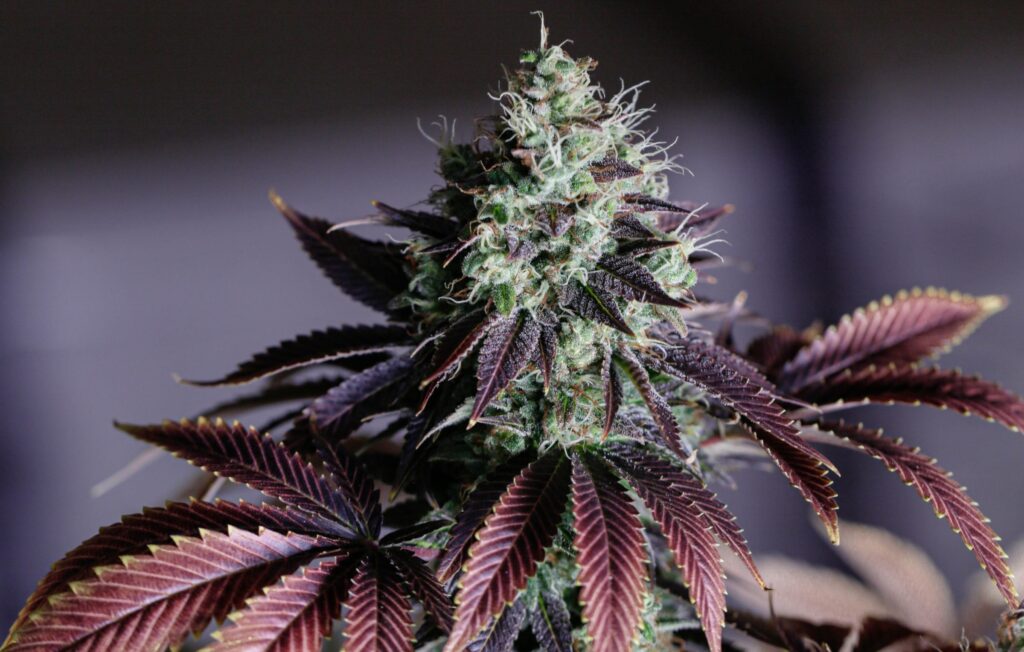
What Cannabis Wants In The Flowering Phase
Throughout the flowering phase, cannabis has different needs than in the preceding vegetative phase. Whereas the primary need used to be nitrogen for growth, your plant will need more phosphorus, potassium, calcium and other minerals and trace elements for full flower power. Special flowering boosters and other cannabis nutrition is available, but be careful not to overdo it on the nutes in the flowering phase. Flowering plants are more vulnerable to nutrient burn, and will not recover as well as growing specimens.
Obviously, water is a constant need throughout the grow cycle, but here too, you should pay close attention to what your ladies need to drink at any given day. Keep checking the soil for dehydration and trust your own intuition as well as that of your plants.
Buds, Not Seeds!
To be fair, a grower’s perfect flowering phase is not how cannabis would behave in natural circumstances. Flowering is actually the life stage during which female plants are pollinated to develop her seeds and spawn the strain’s next generation. As growers, though, this is usually exactly what we’re trying to prevent from happening. No matter how fascinating good cannabis seeds are, we tend to do whatever it takes to prevent fertilisation. This is because all the energy plants invest in their seeds comes at the expense of developing the flowers where they would normally emerge. And when push comes to shove, the flowers are precisely where we find all those lovely trichomes loaded with THC, CBD, terpenes, and all other natural cannabis treasures…
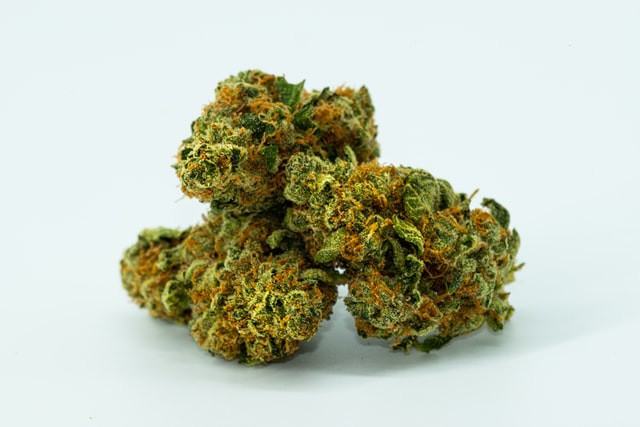
Cannabis Birth Control In The Flowering Phase
This makes birth control one of the prime goals throughout the flowering phase, to ensure a harvest full of sticky buds instead of seeds. This explains why growers go to great lengths to prevent pollen from reaching their female plants. For most grows, this starts with ordering feminized cannabis seeds. These special seeds grow up to be female plants in 98% of all cases. By contrast, buying regular non-feminized seeds gets you about a fifty-fifty chance of getting male specimens.
Still, even fully feminized seeds can’t guarantee a 100% girls-only grow tent. Sometimes, males just pop up among a cannabis grow, which you’re unlikely to notice until the flowering phase begins. That means keeping your eyes peeled, because the moment you spot male reproductive organs, you’ll want to carefully remove the whole plant to minimize the chance of pollination.
But even if you’re sure you have only female cannabis plants, things can still go south in the flowering phase. Stress can cause marijuana plants to turn into hermaphrodites with both male and female genitalia. These hermas can then pollinate females or each other, resulting in a seed-riddled harvest despite your best intentions. This separate blog explains how to identify male and hermaphrodite plants, and what to do if you spot them in the flowering phase.
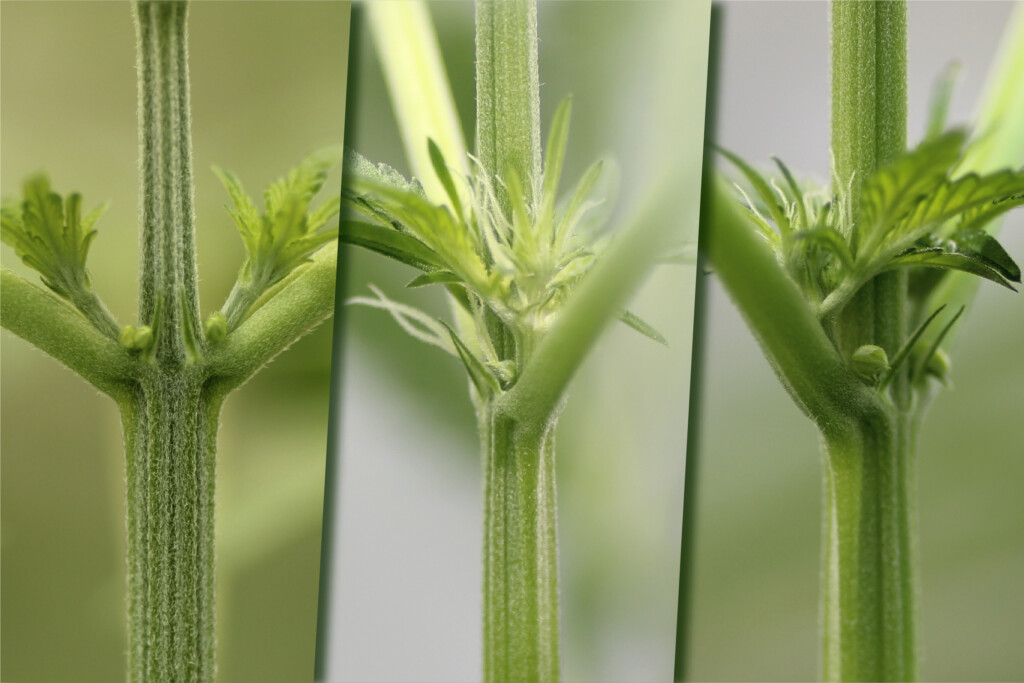
Duration Of The Cannabis Flowering Phase
How long the flowering phase lasts depends on the cannabis strain involved. Sativa strains have a particular reputation for prolonged flowering times, which can reach up to three months from the initial signs of flowering to the moment they’re ready to harvest. Indica genetics tend to flower faster, sometimes only seven or eight weeks. These days, however, most available strains are hybrids containing both indica and sativa traits. Always determine the flowering times of the strains you like before you order seeds.
The shortest flowering times are usually reserved for autoflower strains. These contain ruderalis genetics originating from rugged places with bad weather. These harsh conditions forced ruderalis to evolve into a plant that speeds through its life cycle and finish flowering before the early end of its season. Sativa cannabis instead tends to have extended flowering phases due to its tropical origins with plenty of time for bountiful growth and flowering. Indica strains usually range somewhere in between, which only adds to the variation found in today’s available hybrid strains.
The First Signs Of Flowering
As you can see, knowing when your plants start flowering is absolutely crucial. This is the moment to spot and weed out any males and hermaphrodites, but it’s also an indication of how long it will take before you get to harvest.
‘Hairs’ Or Pistils
The early signs of the flowering phase appear on female cannabis plants in the form of tiny white ‘hairs’ forming in the nodes. The stage at which these white pistil hairs start to show is sometimes called preflowering. The hairs grow out to be the pistils of the eventual flower. Pistils are female reproductive organs intended to receive pollen spread by male plants. Cannabis reproduces by airborne pollination, unaided by bees or hoverflies like other species. This is how a single male can ruin an entire grow by pollinating the entire garden or grow room population.
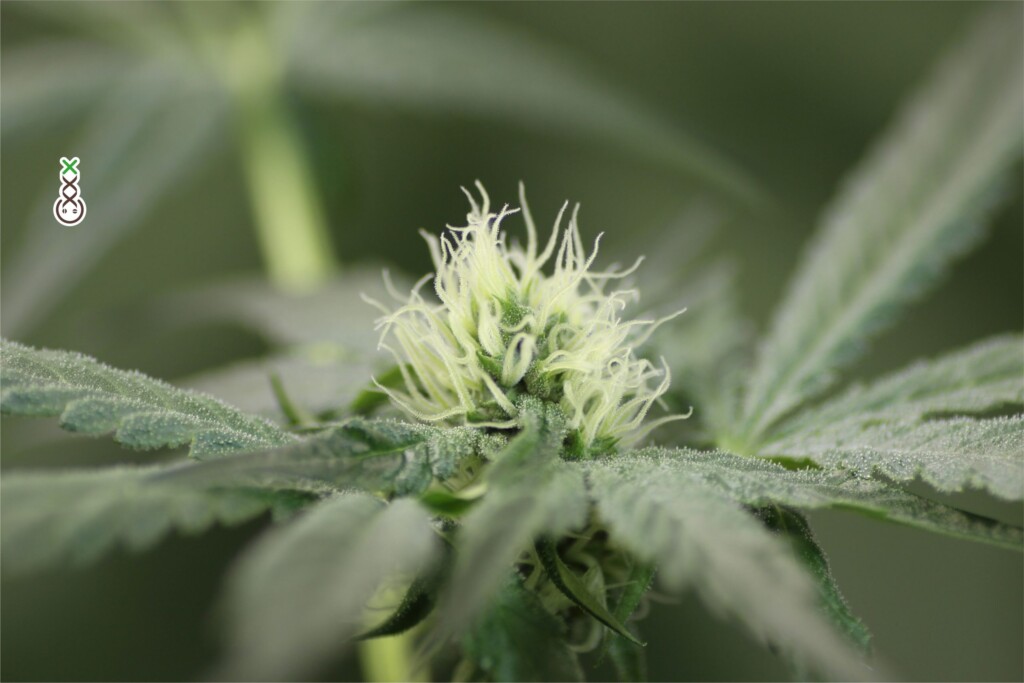
Sugar Leaves
After a week or two of flowering, small sugar leaves start to emerge around the pistils. This starts in the form of clusters of small, on-fingered leaves called sugar leaves. These sugar leaves are part of the buds that make up the harvest yield. After harvesting buds are trimmed, the leftover sugar leaves can be used for all sorts of purposes, as this blog explains.
Cannabis Colas, Apex Of The Flowering Phase
The fledgling buds that form at the nodes around the pistil hairs and sugar leaves are officially called colas, but we usually label them buds, flower buds, nugs, or just flowers. These cannabis colas are what the flowering phase is all about. This is due to the trichomes that dot the flower buds: small glands filled with resin full of cannabinoids and terpenes. These re the compounds that cause the high. Their concentrations differ from strain to strain and even between individual plants, which explains why cannabis can have so many different effects.
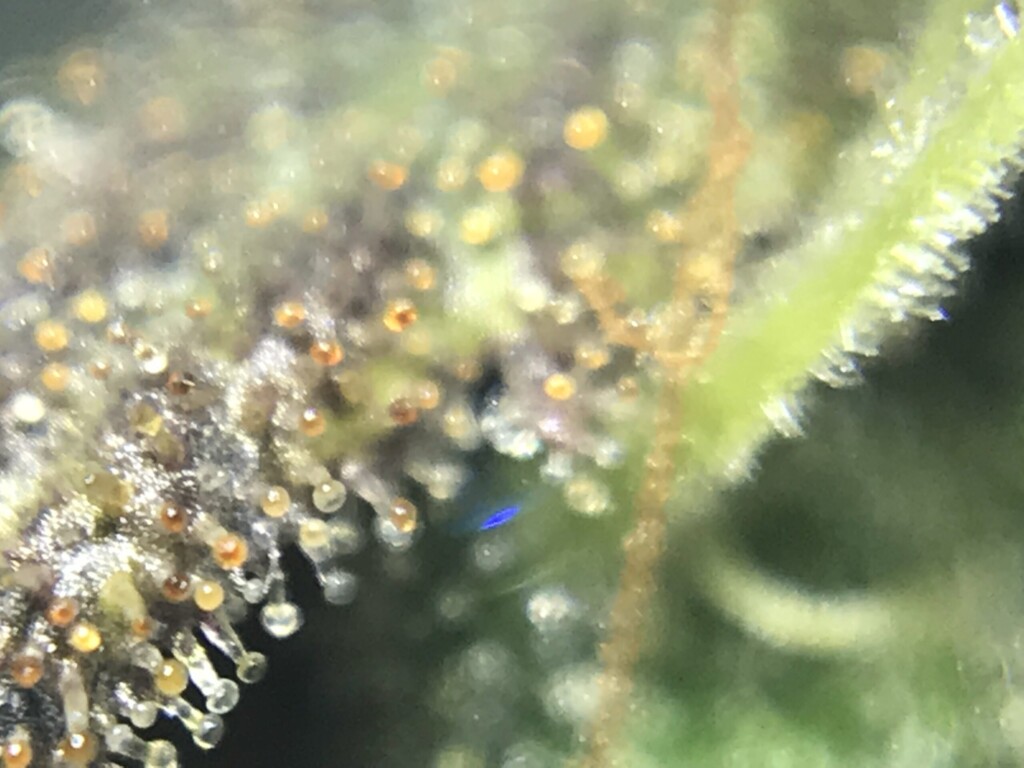
In fact, however, trichomes were never ‘intended’ to make cannabis lovers happy. They are actually meant to protect fragile buds against hazards such as UV light and harmful insects. Ironically, though, they tend to attract a special breed of apex herbivores: in the flowering phase, cannabis growers aim to make flower buds produce a thick layer of gleaming trichome ‘crystals’. Trichomes are a grower’s best clue as to when a bud is perfect for harvesting. You can learn how to tell when a cola is ready to harvest in this separate blog. At that moment, the flowering phase has come to an end, and the harvest can begin in earnest.
Risks
The flowering phase brings other dangers besides the risk of hermaphrodite and males cannabis plants: more so than the growth phase that came before. Flowering makes plants more vulnerable to stress and problems linked to soil condition, nutrients, water, and disease. On top of that, the fragrant flower buds tend to attract a specific type of predator, which includes the dreaded Nosy Neighbour.
Cannabis plants also have different nutrient requirements in the flowering phase. Whereas the steeple diet consisted mainly of nitrogen for growth in the vegetative stage, other compounds become more important now. Keep this in mind if you decide to feed your plants, but always be cautious when adding nutrients in the flowering phase. Mistakes can have dire consequences that your crop will not recover from with the same flexibility it had in the growth phase.
Outdoor cannabis growers have another formidable enemy in the flowering phase: the weather. Many areas with moderate climates mark the close of the outdoor grow season with downpours, fog, and storms capable of decimating a grow right before the finish line. Read this blog to learn smart ways of protecting outdoor weed from bad weather.
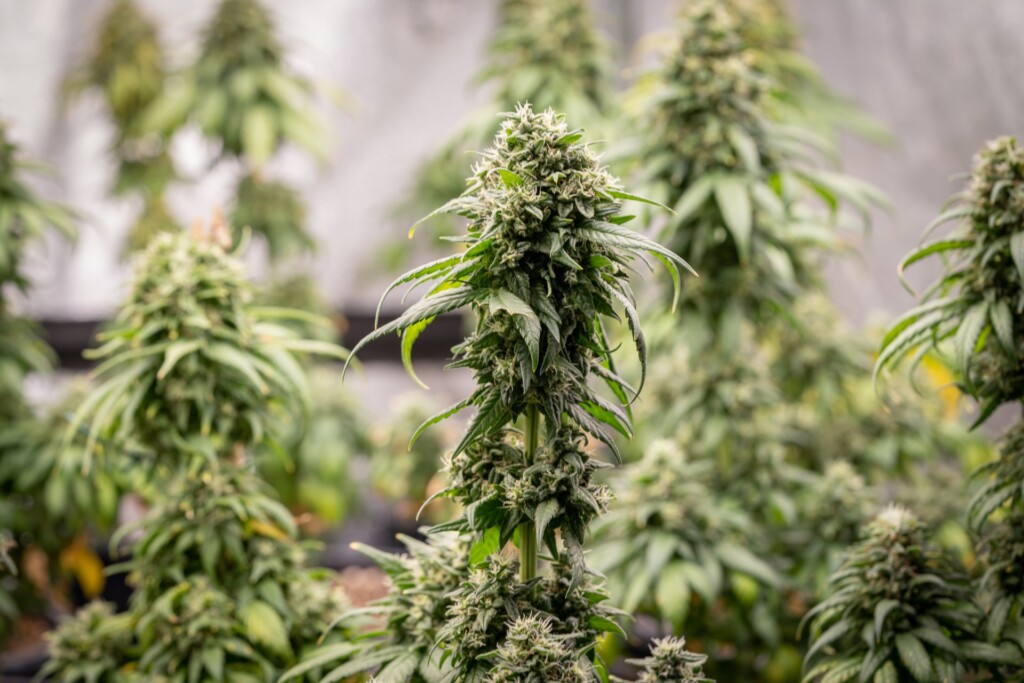
Finishing Flowering Indoors
In the late stages of the flowering phase, the weather can cast an ominous shadow over the final results of any outdoor grow. Growers who don’t want to take their chances and those faced with delays in flowering can opt to finish flowering indoors. This lets them drag their plants into safe and comfortable warmth of a grow tent or room to make the most out of their harvest yields. In some cases, a greenhouse can come in very handy as well.
Finishing the flowering phase indoors can really save a cannabis harvest from disaster, but it does involve certain risks as well. One of these is stress. Outdoor plants in pots are not hard to bring inside to bask in the bright glow of grow lights, but the sudden change of scenery can be a major source of stress, too.
Another problem of taking plants indoors is the risk of inadvertently bringing in more than you intended to. Pests, mould, and diseases already present on plants can go into overdrive once they’re snug in the comfort of your home, which will make your problems worse than they were out in the rain. Always make sure to spray your plants well first, preferably using some sort of organic plant detergent, but even then, you should keep a close eye on how the grow behaves indoors.
A final problem with late indoor flowering is the size of your plants. If you decided to plant that beautiful sativa strain in your garden and it grew to be two or three metres tall, you’re going to have a hard time squeezing it into that tent at this stage. You could decide to consider projected plant size when deciding which cannabis seeds to pick before starting your next grow.
From The Flowering Phase To A Bountiful Cannabis Harvest
The moment a grower decides that the flowering phase is complete, it is time for the cannabis harvest. This blog explains how to bring the harvest in safe and sound. If you’ve added lots of nutrients, your best option is to flush your plants before harvesting. Flushing means giving a pant nothing but pure water in the final week of the flowering phase to wash out any excess nutrients. This will leave you with better-tasting buds and cannabis with minimal pollutants at the end of the flowering phase.
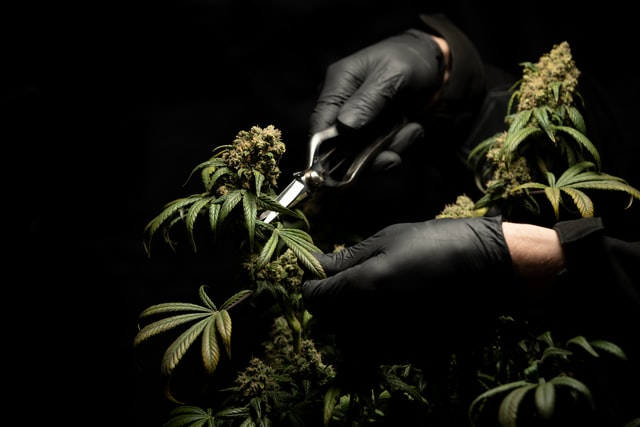
Harvesting, Trimming, Drying & Curing
Now that you know what the flowering phase entails, you’ll probably want to know how your cannabis quest continues. In fact, there’s a lot of work waiting for any grower after flowering is complete. You’ll need to bring in the harvest for drying and trimming (though not necessarily in that order). Once the harvest is dry, you can cure the buds to bring out all the fragrance and flavour they contain. Only then will you finally be able to savour that hard-earned cola reward…
Let’s get those seeds to flower!
Enjoying The Flowering Phase
One more piece of advice: don’t forget to enjoy the flowering phase itself before it’s over. It is fascinating to watch the slow fruition of the flower buds as they form trichomes and steadily start to spread their scent. Do yourself a favour and observe your ladies in full bloom whenever you get the chance. Let your imagination run wild, because a flowering cannabis plant is enough to start most growers’ mouths watering in anticipation!








